Decarbonising the national grid
In theory, Britain's electricity grid will be carbon neutral by 2035. What will that involve? Is it even possible?
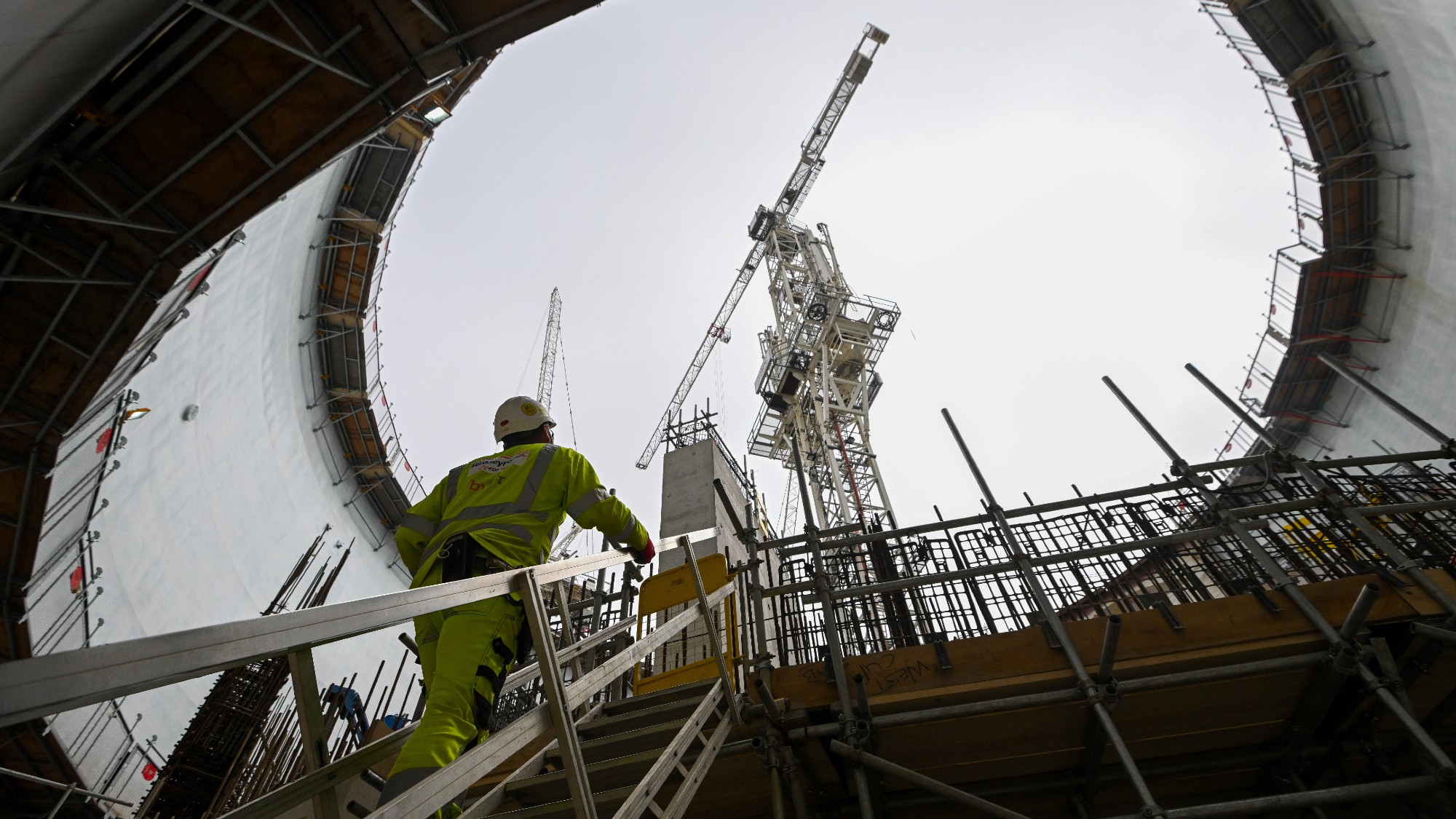
In 2021, the UK government pledged to decarbonise the nation's electricity system by 2035, "subject to security of supply". There are no specific targets yet, but the rough consensus is that to achieve zero carbon by 2035, around 70% of the UK's electricity will have to come from wind and solar, with nuclear providing around 20%, and the rest from hydrogen, and gas with carbon capture and storage.
Great strides have been taken already. In 1990, renewable energy sources accounted for less than 2% of UK electricity; coal provided nearly 80%. In 2019, zero-carbon sources (renewables plus nuclear) overtook fossil fuels for the first time; today they reliably provide more than half.
The Week
Escape your echo chamber. Get the facts behind the news, plus analysis from multiple perspectives.

Sign up for The Week's Free Newsletters
From our morning news briefing to a weekly Good News Newsletter, get the best of The Week delivered directly to your inbox.
From our morning news briefing to a weekly Good News Newsletter, get the best of The Week delivered directly to your inbox.
But there's still a long way to go. Last year, gas was the largest single electricity source (providing 32%), followed by wind (29%), nuclear (14%), imported electricity (11%), biomass such as woodchip (5%), solar (5%), hydroelectric (2%) and coal (1%).
Why do we want to decarbonise the grid?
It's the backbone of the UK's net-zero strategy, to which the nation is committed by the UN climate change accords. The electricity system generated 14% of the UK's carbon emissions in 2022: a total of 56 million tonnes of CO2 equivalent. The aim is that the UK's energy will not only be greener, cleaner, more sustainable and less vulnerable to global shocks such as the Ukraine war, but cheaper, too – wind and solar now make power more cheaply, by most measures, than gas. The hope is that transport, heating and industry will also transition from fossil fuels to clean electricity.
How difficult will this be?
Exceptionally. National Grid, which owns much of the UK's electricity distribution network, says it will "require a fundamental upgrade of our electricity grid" at "a pace and scale not seen for generations".
Many new energy projects will have to be built and brought online. By 2023, the UK had around 30 gigawatts (GW) of installed wind power capacity, and 15GW of solar power. The government aims to have 50GW of offshore wind capacity by 2030 and 70GW of solar power by 2035. In addition, the UK's existing nuclear power stations will be retired by 2050, so a new reactor at Hinkley Point C is being built; Sizewell C has been approved; more plants will also, theoretically, be required. All this means finding investment and negotiating planning permission for individual projects. It also means that the grid itself will have to change.
A free daily email with the biggest news stories of the day – and the best features from TheWeek.com
How will the grid have to change?
It will have to carry much more power. At present, electricity provides about a third of the energy consumed in the UK. As cars and homes electrify, the regulator, Ofgem, expects overall UK generation capacity to grow from 120GW to 300GW by 2035.
Second, the grid will have to be rethought. Grids are essentially huge circuits in which supply and demand must be balanced minute by minute. Originally, the national grid was driven by big power stations built fairly close to large population centres. Demand was predictable, if variable – peaking in the morning as people turn on their kettles, then reducing, then peaking again in the evening when lights and ovens go on. Supply could be modified by fossil-fuel power stations that provided variable capacity, from turbines that could be turned on and off.
Solar and wind tend to be geographically remote; new transmission lines are having to be built from urban areas to offshore wind farms. And both are intermittent. This problem is especially pronounced during what the Germans call the "Dunkelflaute", the "dark doldrums" when the sun doesn't shine and the wind doesn't blow.
What problems will this create?
In the past, most power was generated by "baseload" plants with unvarying output, such as coal and nuclear stations, which also provided inertia: kinetic energy generated by the spinning parts of generators, which helps the grid maintain a stable frequency. Such plants were supplemented by "load following" and "peaker" plants, which can adjust output as demand rises.
In general, solar and wind can fulfil load following but cannot provide baseload or inertia. They also sometimes provide too much energy as well as too little. Wind farms are paid to switch off when the grid can't handle their electricity: from January to October 2023, "wind curtailment payments" of £590 million were paid to wind farms.
How can these be solved?
Grids are changing fast. In the business, they talk about "the three Ds": decarbonisation, decentralisation and digitalisation. Decentralised, carbon-free energy sources can be synced, to keep the grid in balance and optimise the deployment of disparate resources, using advanced software and algorithms. Such grids already exist on a smaller scale in, for instance, Hawaii. But as fossil-fuel plants are reduced in number, electrical storage is required for times of peak demand.
At present, the UK has some energy storage: nearly 3GW in pumped storage hydro-electric power stations, and 3.5GW in batteries. It needs more. A recent Royal Society report concluded that the UK would need 1,000 times its current storage capacity to decarbonise the grid.
Will we hit the 2035 target?
It is technically feasible, but it will require political will, careful planning, clear signals to investors – and lots of money. The government expects it to require £275-375 billion of public and private investment in energy projects, and £50-150 billion in electricity networks. Much infrastructure – from wind farms and power plants to new pylons and lines – will be, or already is, unpopular with local residents.
In May, the Environmental Audit Committee noted a series of basic problems: the absence of storage; long delays in connecting new projects to the grid; the weakness of supply chains; the lack of necessary skills. Like recent reports by the Climate Change Committee, the National Audit Office and other MPs' committees, it decried the absence of a clear, long-term delivery plan for decarbonising the power system
-
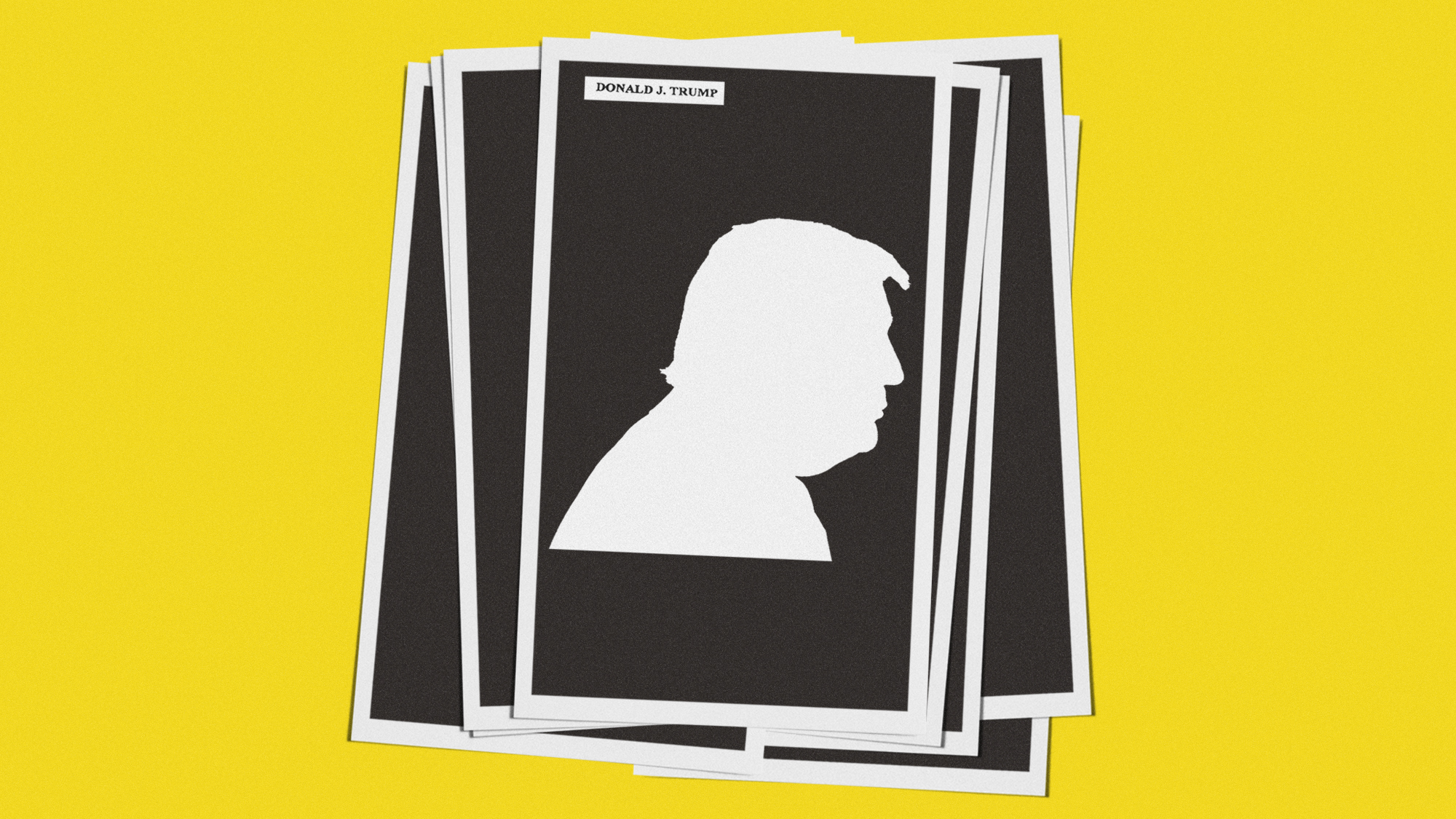 Is Trump deliberately redacting Epstein files to shield himself?
Is Trump deliberately redacting Epstein files to shield himself?Today’s Big Question Removal of image from publicly released documents prompts accusations of political interference by justice department
-
 Ashes to ashes, ducks to ducks: the end of Bazball?
Ashes to ashes, ducks to ducks: the end of Bazball?Talking Point Swashbuckling philosophy of England men’s cricket team ‘that once carried all along with it has become divisive and polarising’
-
 The strangely resilient phenomenon of stowaways on planes
The strangely resilient phenomenon of stowaways on planesIn The Spotlight Lapses in security are still allowing passengers to board flights without tickets or passports
-
 Crest falling: Mount Rainier and 4 other mountains are losing height
Crest falling: Mount Rainier and 4 other mountains are losing heightUnder the radar Its peak elevation is approximately 20 feet lower than it once was
-
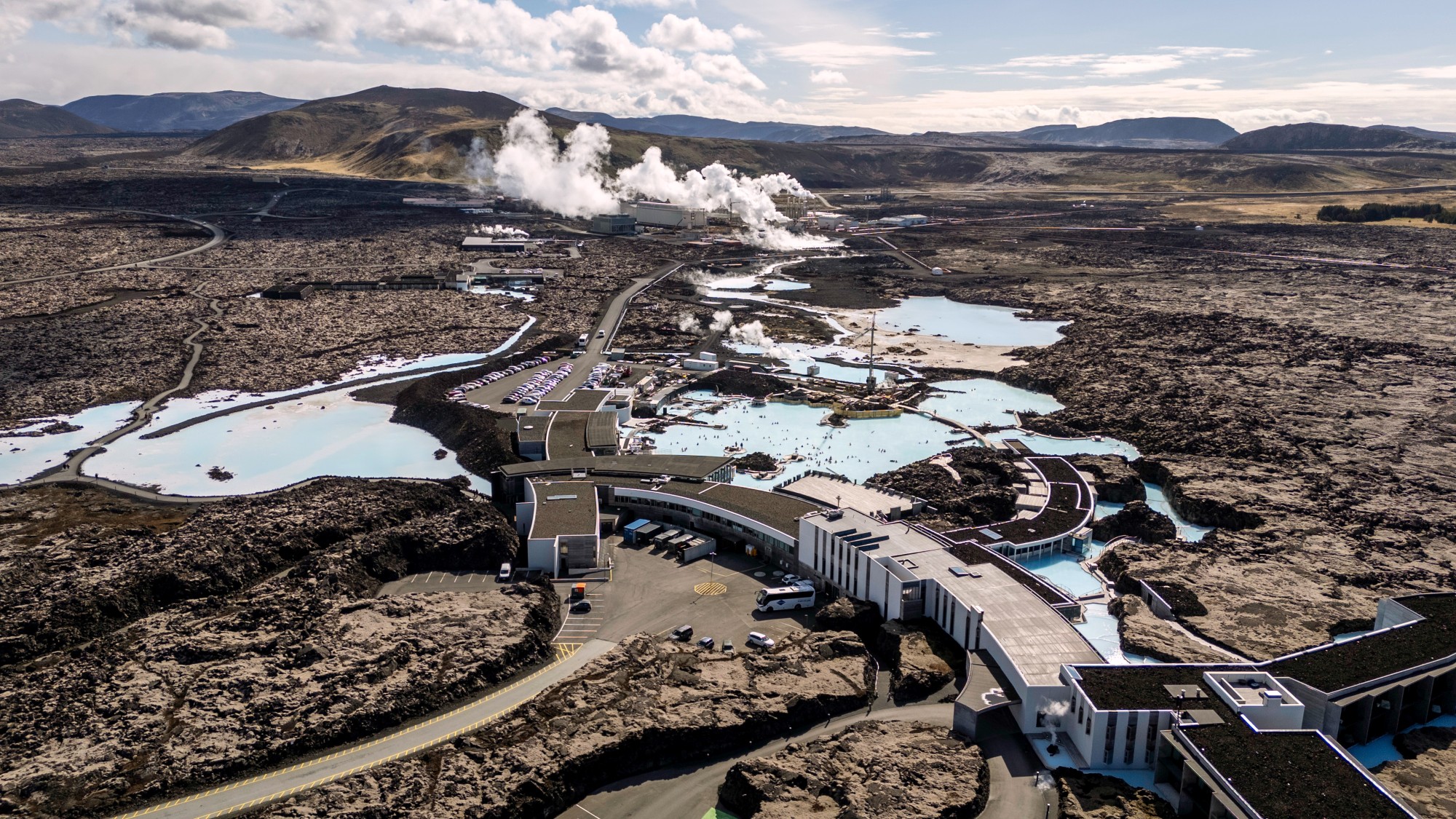 Pros and cons of geothermal energy
Pros and cons of geothermal energyPros and Cons Renewable source is environmentally friendly but it is location-specific
-
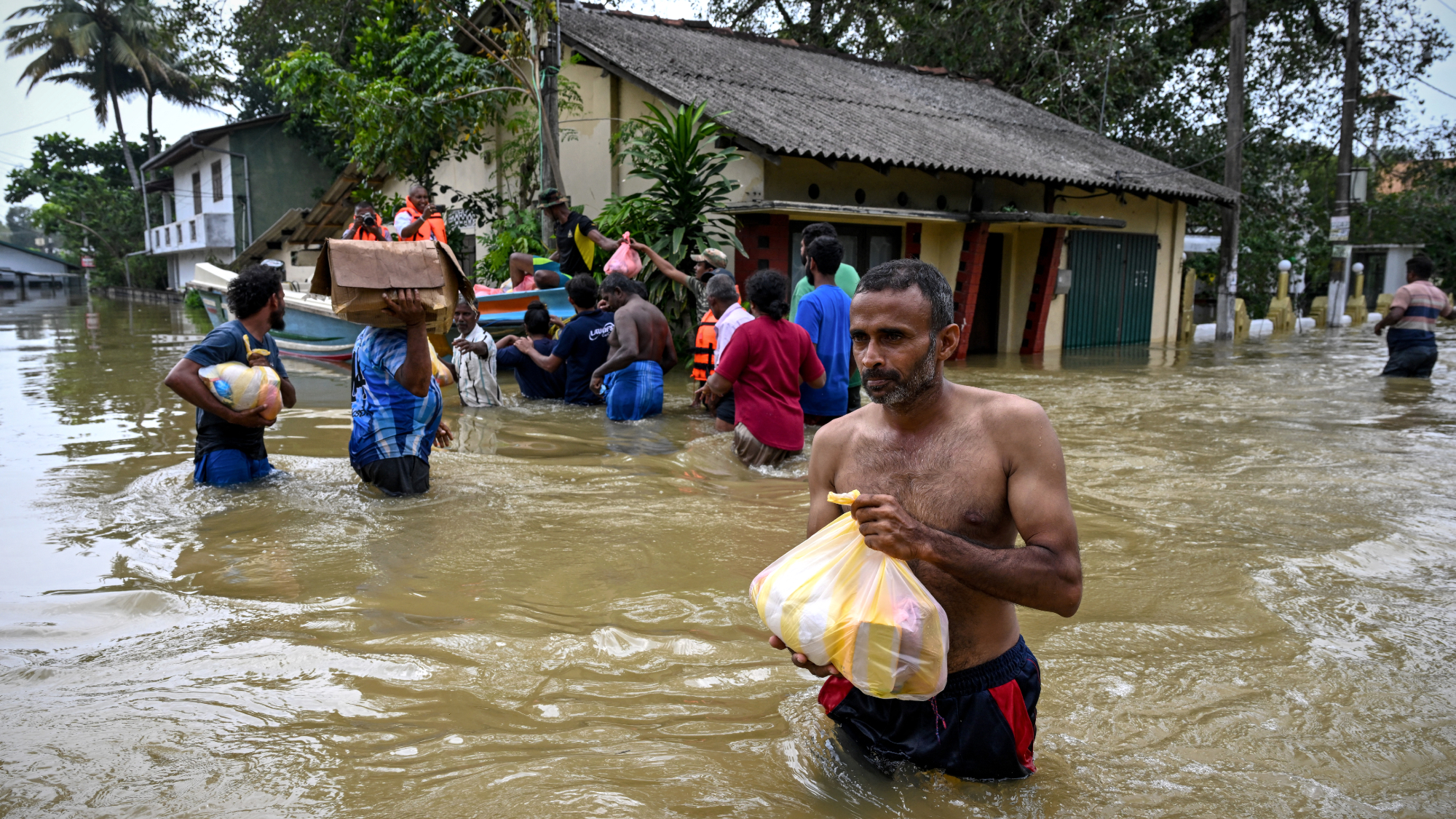 Death toll from Southeast Asia storms tops 1,000
Death toll from Southeast Asia storms tops 1,000speed read Catastrophic floods and landslides have struck Sri Lanka, Indonesia, Thailand and Malaysia
-
 Can for-profit geoengineering put a pause on climate change?
Can for-profit geoengineering put a pause on climate change?In the Spotlight Stardust Solutions wants to dim the sun. Scientists are worried.
-
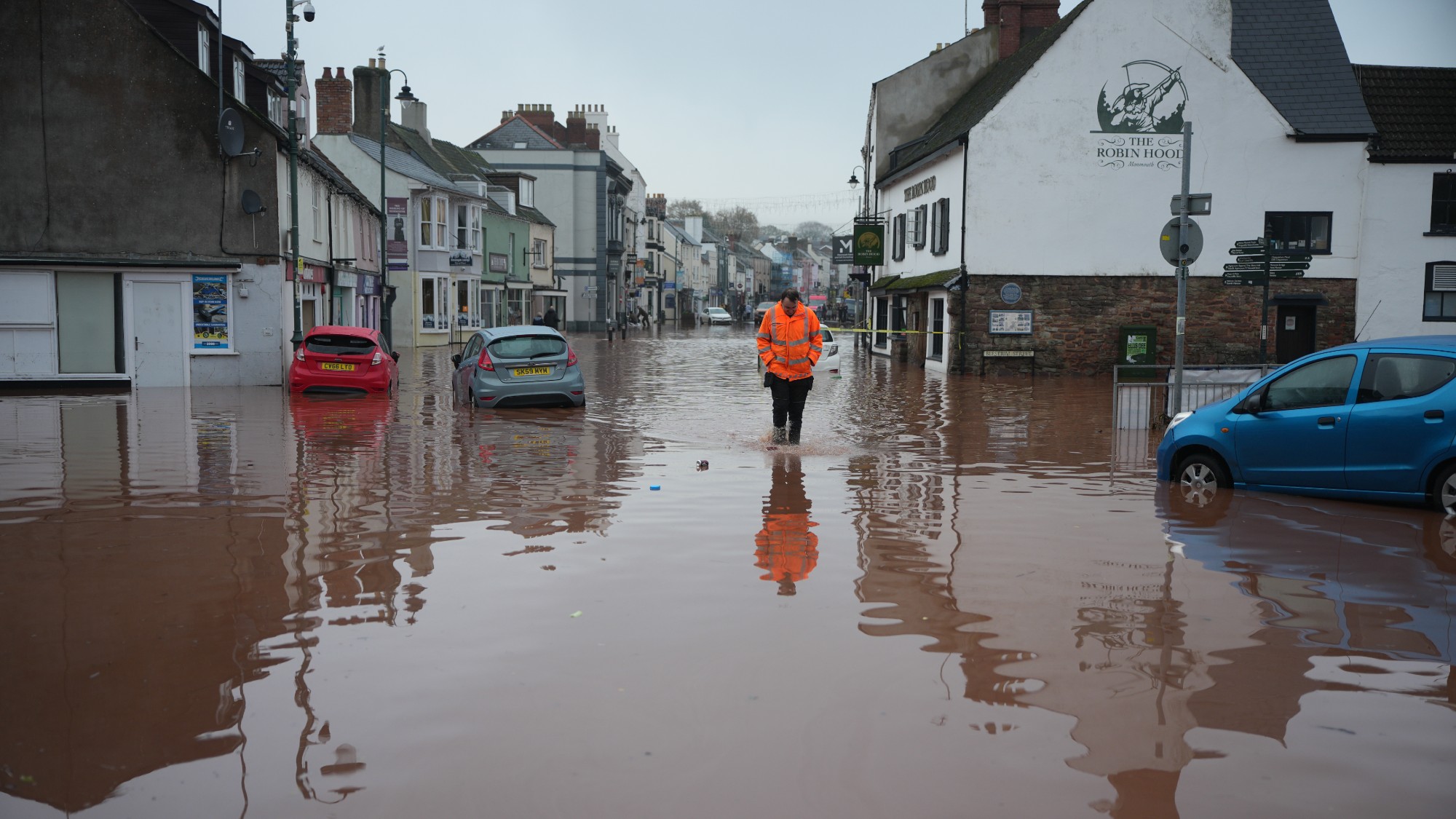 How will climate change affect the UK?
How will climate change affect the UK?The Explainer Met Office projections show the UK getting substantially warmer and wetter – with more extreme weather events
-
 Can the UK do more on climate change?
Can the UK do more on climate change?Today's Big Question Labour has shown leadership in the face of fraying international consensus, but must show the public their green mission is ‘a net benefit, not a net cost’
-
 Did Cop30 fulfil its promise to Indigenous Brazilians?
Did Cop30 fulfil its promise to Indigenous Brazilians?Today’s Big Question Brazilian president approves 10 new protected territories, following ‘unprecedented’ Indigenous presence at conference, both as delegates and protesters
-
 Can the world adapt to climate change?
Can the world adapt to climate change?Today's Big Question As the world gets hotter, COP30 leaders consider resilience efforts